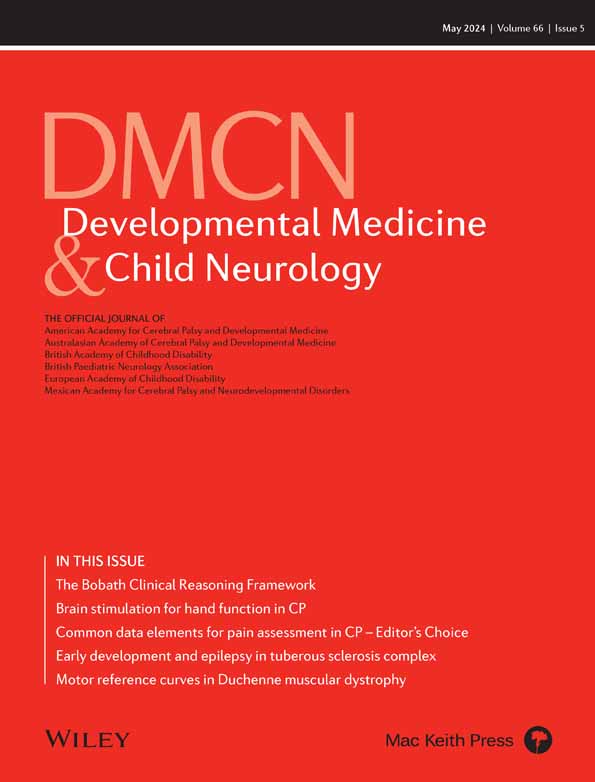‘Composing a new symphony’: Co-construction, impact creation, and innovation for individuals with childhood-onset disabilities
Since the start of the European Academy of Childhood Disability (EACD), there have been remarkable steps to enhance the lives of individuals with childhood-onset disabilities and their families, from research endeavours to incorporation of cutting-edge technologies and the establishment of robust networks and policy initiatives advocating for inclusion and equality (https://eur-lex.europa.eu/legal-content/EN/TXT/PDF/?uri=COM:2021:101:FIN, https://www.un.org/en/content/disabilitystrategy/). Yet there remains a long way to go and we must keep asking if we are using the right tools to maximize collaboration, efficiency, and impact creation. Collaboration and impact creation are central to the 36th Annual Meeting of the EACD in Bruges. The EACD theme for 2024 encapsulates this imperative: ‘Composing a new symphony: Challenging times, New collaborations’.
Collaboration still stands as the cornerstone of progress. As an African proverb aptly states, ‘If you want to go fast, go alone. If you want to go far, go together.’
However, it is more than just bringing people together. Genuine and successful collaboration thrives on the synergy of diverse expertise, shared vision, and mutual respect. A culture of openness to feedback and constructive criticism cultivates continuous improvement and innovation. From this perspective, the creation of a symphony between stakeholders from academia, industry, government, and society – also known as the Quadruple Innovation Helix Framework1 – is essential to further accelerate the transfer of research and innovation results towards practice, thereby solving a number of the challenges experienced by the goal-group.2 A dedicated pre-symposium based on this holistic framework opens up the reflection and discussion on how to collaborate and accelerate the development of new rehabilitation strategies with both low-tech and high-tech solutions, and this will set the tone for the full EACD 2024 Annual Meeting.
International scientific conferences are typically an important means of stimulating debate, disseminating knowledge, and developing new collaborations. But scientific conferences should also afford leverage for local impact creation towards a better life for people directly concerned by the topic (here childhood-onset disabilities) from the local region, the broader EACD community in Europe and beyond. Drawing upon the Theory of Change framework,3 to realize this ambitious objective, for the first time in the EACD's history, a separate unit, the EACD 2024 Impact Task Force, has been established alongside the traditional Local Organizing Committee and Scientific Committee, marking a significant milestone in the EACD's evolution. The purpose of this Task Force is to set a pathway to generate and measure broader societal impact of the EACD 2024 Annual Meeting in a systematic and sustainable way. This group of national and international experts including people with lived experience has been working on defining, managing, measuring, and communicating the societal impacts of the planned activities in a stepwise approach: (1) Defining the intentions to generate impact for the benefit of people with childhood-onset disabilities through the EACD Annual Meeting; (2) Building and engaging a wide group of stakeholders around this vision; (3) Use the momentum of the conference to plan legacy project activities around the meeting; and (4) Assess the value created by the event and report on the impact generated.
These efforts have led to unique initiatives that will take place around the EACD 2024 Annual Meeting, such as a Sports Festival, a Concert, and an Experience Room, allowing people with childhood-onset disabilities to try out many sport and cultural activities and the latest technologies. This highlights the long-term legacy a scientific conference could (and should) aspire and the endless possibilities if you have a shared goal. You can call it a new symphony: a new orchestration of collaboration, impact creation, and innovation for individuals with childhood-onset disabilities.
Open Research
DATA AVAILABILITY STATEMENT
Not required.




